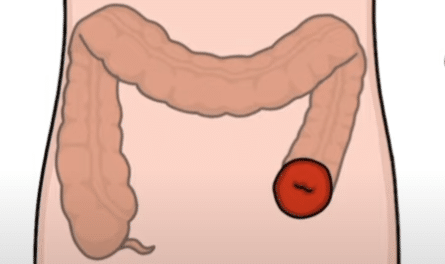Stoma Care
A Comprehensive Guide to Understand Stomas
In the realm of medical terminology, the word stoma often remains shrouded in mystery for many. However, for a substantial portion of the population, stomas are not just a term but a lifeline. In this blog, we will delve into the depths of what a stoma is, the reasons behind its creation, and the profound impact it has on the lives of those who rely on it for their health and well-being.
The Three Primary Types of Stomas
Stomas come in different forms, each tailored to specific medical needs. The three primary types of stomas are colostomies, ileostomies, and urostomies.
1. Colostomy:
A colostomy is a stoma created by bringing a portion of the colon (large intestine) to the abdominal wall’s surface. This surgical procedure is performed when there is a need to divert the flow of feces away from a damaged or diseased section of the colon. Here are some key details about colostomies:
Purpose:
The primary purpose of a colostomy is to reroute the path of stool away from the lower part of the colon or rectum that may be compromised due to various medical conditions. It allows the stool to exit the body through the stoma.
Types of Colostomies:
Temporary Colostomy: This type of colostomy is created when there is an expectation that the stoma will only be needed for a certain period. It is typically performed in cases of inflammation, trauma, or as part of surgical treatment.
Permanent Colostomy: A permanent colostomy is created when a portion of
the colon is removed, and the stoma becomes a permanent part of the digestive system. This is often done in cases of cancer, severe disease, or birth defects.
2. Ileostomy
An ileostomy is another type of stoma, created by bringing the end of the small intestine, known as the ileum, to the abdominal wall. This surgical intervention is necessary when the lower part of the digestive tract, including the colon and rectum is unable to function properly due to underlying medical issues.
Here are some key details about ileostomies:
Purpose: Ileostomies are created to bypass or rest the colon and rectum when they are affected by conditions such as severe inflammation, trauma, or disease. By diverting the flow of digestive waste away from these areas, an ileostomy helps alleviate symptoms and promote healing.
Types of Ileostomies:
Temporary Ileostomy: Temporary ileostomies are created with the expectation that they will be reversed at a later date, once the underlying condition has improved or healed.
Permanent Ileostomy: A permanent ileostomy is created when the removal of the colon and rectum is deemed necessary, resulting in a lifelong reliance on the ileostomy for waste elimination.
3. Urostomy
A urostomy is the third primary type of stoma. Unlike colostomies and ileostomies, which deal with the digestive system, a urostomy is associated with the urinary system.
Purpose: A urostomy is created when the normal urinary pathway, such as the bladder and urethra, is damaged or diseased and cannot function properly. It allows urine to be diverted from the urinary system and expelled from the body through this artificial opening.
Types of Urostomies:
Ileal Conduit: This common type of urostomy involves using a portion of the small intestine (ileum) to create a pathway for urine to exit the body. The ureters, which carry urine from the kidneys, are connected to this ileal conduit, which then leads to the stoma.
Continent Cutaneous Reservoirs (Kock Pouch): In this method, a reservoir is constructed from the ileum, and a valve mechanism is created to store urine. The pouch is periodically emptied with a catheter.
Watch the video
Get more info from this youtube video created by @ZeroToFinals.

